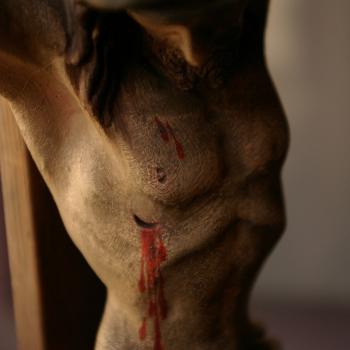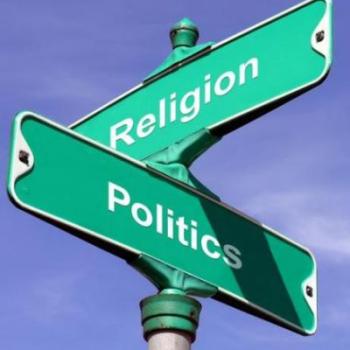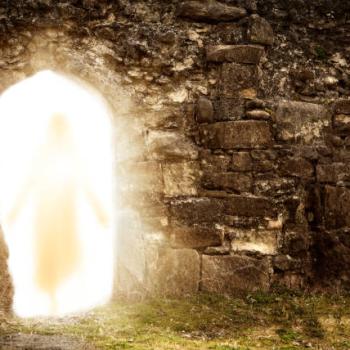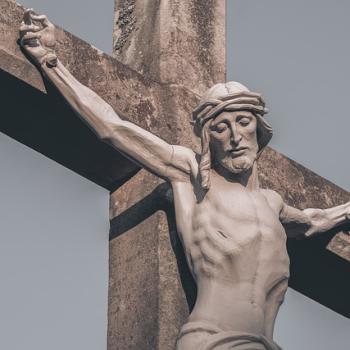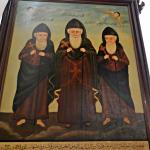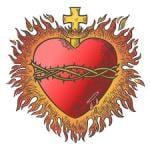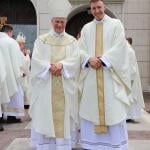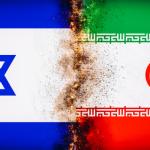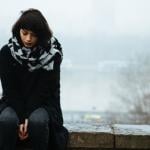
A sculpture visualizing one of Pope Francis’ key ideas stands on the campus of The Catholic University of America. “Angels Unawares” responds in concrete form to a verse in the Letter to the Hebrews:
Do not neglect to show hospitality to strangers, for by doing that some have entertained angels without knowing it. (Hebrews 13:2)
Pope Francis commissioned Angels Unawares, by Canadian artist Timothy Schmalz, as a celebration of migrant people. The original is at home in the Vatican’s St. Peter’s Square, a place of welcome for all peoples of the world. A second casting, at CUA, finds another appropriate home in the capital of a country shaped largely by the migrant experience.
The sculpture shows some 140 figures packed tightly onto a 20-foot skiff. They are from many different historical times, homelands, and cultures. A recent Catholic U pamphlet describes them:
Some look back, but most look forward with hope toward the future and a new life. Parents hold tired, scared children who clutch their pets and stuffed animals.
Vatican News calls it “a stark reminder of so many of our brothers and sisters on the move.” The Holy Family stands among these migrants and refugees. In the center rises a pair of angel wings, suggesting the spiritual and sacred within all these people.
Angels Unawares on pilgrimage
In the Vatican Pope Francis unveiled the original casting of Angels Unawares September 29, 2019. That date is significant as the World Day of Migrants and Refugees. Catholic U reports that the Canadian author “felt strongly” that a second casting would belong in Washington, D.C. “The campus of Catholic University – the national university of the Catholic Church in the United States – was the perfect location.” (Disclosure: I am an alum of Catholic University.)
In October 2020, shortly after its installation at Catholic, Angels Unawares went on pilgrimage throughout the USA. Places it visited were: Boston, New York City, Atlanta, Miami, New Orleans, San Antonio, Napa Valley, Minneapolis, and Chicago. The celebration in Miami included a naturalization ceremony.
October 2021, finally back home at Catholic, the sculpture resides within a reflecting pool. The boat appears to be sailing into safe harbor.
Responses to the sculpture on tour
Catholic University’s “Light the Way” website quotes some responses by Catholic spokespersons at various stops along the sculpture’s tour through the U.S.
In Minneapolis, August 2021:
Look with compassion on refugees and exiles, on segregated persons and unlost children. Restore them, we pray to a homeland, and give us a kind heart for the needy and for strangers. (Donald J. Hying, bishop of Madison)
In San Antonio, June-July 2021:
San Antonio was built by people from different backgrounds and those fleeing violence and persecution for freedom and peace. We have been blessed because we have needed Christ’s call to welcome the stranger. Our faith reminds us that we are one hyuman family. (Gustavo García, archbishop of San Antonio)
New Orleans, April-May 2021:
We are related to them. It’s not just a sculpture of people. We can literally look at that and see, ‘that’s part of my history in that boat.’ (Gregory Aymond, archbishop of New Orleans)
Miami, February-March 2021:
The history of these United States — and of our South Florida community – is also the history of migration. It is your history … my history … our history…. We all are in the same boat. (Thomas Wenski, archbishop of Miami)
Atlanta, January 2021:
At the sculpture’s installation in Rome, Pope Frances said he wanted the sculpture ‘to remind everyone of the evangelical challenge of hospitality.’ We hope to do the same. (Carolyn Johnson, Georgia chapter co-leader, Georgia Patrons of the Arts in the Vatican Museums)
New York City, December 2020:
It is a symbol of what we want to be, and what we have been in the past, and what the future holds for us if we hold to our values as Americans. This has truly been a land where everyone has a stake. (Nicholas DiMarzio, bishop of Brooklyn
Boston, November 2020
You see people constantly walking around and taking pictures of it, trying to identify different people. The 140 figures … the Holy Family, the Rabbi, the slave. There is a real sense of people on the move. (Fr. James Keenan, professor of theology at Boston College)
Washington, D.C., October 2020:
Opening ourselves to others does not lead to impoverishment, but rather enrichment. It enables us to be more human. To recognize ourselves as participants in a greater collectivity. Understand our lives as a gift for others. See as the goal, not our own interests, but rather the good of humanity. (Brayan Hernandez, Class of 2022, Catholic University)



